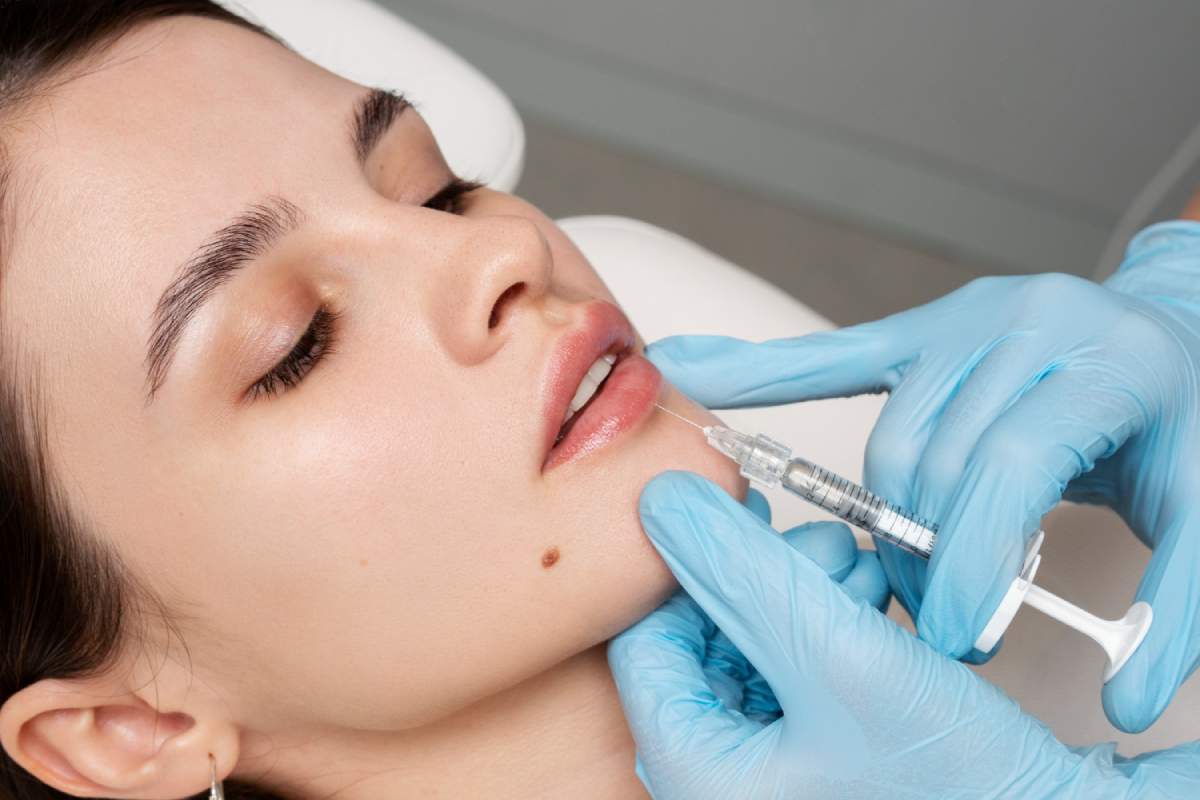Lip fillers have rapidly soared in popularity, becoming one of the top-requested non-surgical cosmetic treatments for people seeking plumper, more defined lips without the need for invasive surgery or extended downtime. These injectable procedures offer a quick way to enhance both the shape and volume of your lips, and can even help correct asymmetry or balance out facial proportions. Still, to confidently move forward with treatment, it’s essential to understand the science behind what makes these fillers both effective and safe. Whether you’re in the early research stages or seriously considering scheduling a session with a lip filler near me, this comprehensive guide will equip you with everything you need to make knowledgeable and empowered decisions. From understanding which ingredients fuel the results of modern lip fillers to exploring innovative techniques and evaluating who should perform your treatment, this article dives deep into every aspect of getting lip fillers. By equipping yourself with this information, you’ll be well prepared for your treatment journey and can approach the process with both confidence and realism.
Table of Contents
Understanding Lip Fillers
Lip fillers, which are also known as dermal fillers when used in other areas, work by injecting soft, gel-like substances into the lips to enhance their size and shape. The superstar ingredient in most lip filler formulas is hyaluronic acid (HA), a sugar molecule naturally found throughout the body, particularly in the skin and connective tissues. Hyaluronic acid is essential for maintaining moisture, which is why it’s so critical for keeping lips looking supple and hydrated. This substance not only helps lips draw in and retain water, but it also provides structure and subtle volume. Over time, natural levels of HA in the skin decline as part of the aging process. When that happens, lips can look thinner, lose their youthful curve, or become less defined. Injecting hyaluronic acid back into targeted areas can beautifully replenish lost volume, sharply define the lip border, and enhance the cupid’s bow—the subtle peak at the center of the upper lip.
The Procedure: What to Expect
The lip filler process is designed for maximum safety and minimal discomfort, usually taking less than an hour from start to finish. Here’s a step-by-step breakdown of what you can expect during your appointment:
- Consultation:Your journey begins with a thorough consultation, during which your provider will assess your facial features, discuss your aesthetic goals, and review your medical history. This is your opportunity to ask questions and voice any concerns, ensuring that the treatment plan matches your vision for your lips.
- Preparation:After agreeing on a personalized treatment plan, your practitioner will clean the lip area with an antiseptic solution to minimize infection risk. A topical numbing cream or local anesthetic may be applied to make the injections more comfortable and help reduce potential discomfort during the procedure.
- Injection:Using a fine needle or a flexible cannula, the provider carefully injects the hyaluronic acid filler into targeted zones of your lips. Experienced practitioners take care to sculpt and shape the lips for natural-looking volume and definition, often employing various injection techniques to achieve the best possible symmetry, proportion, and contour.
- Aftercare:Once the injections are complete, your provider will gently massage the area to distribute the filler evenly and may apply a cold pack to minimize swelling or bruising. You’ll also receive detailed aftercare instructions to help you care for your lips in the hours and days that follow, such as avoiding vigorous activity, minimizing pressure on the treated area, and steering clear of irritating substances.
Post-treatment, you can expect some mild swelling, tenderness, and possible bruising—these are typical side effects, generally peaking within the first 24 to 48 hours before settling down. Most patients see immediate results, and optimal effects take shape over a few days as swelling dissipates. HA-based fillers are temporary, gradually metabolized by your body throughout 6 to 12 months, depending on factors like your metabolic rate, the specific product used, and lifestyle habits such as sun exposure or smoking.
Potential Risks and Considerations
Despite their reputation for safety, lip fillers are not entirely risk-free. Awareness of possible complications—and ways to prevent them—will safeguard both your results and your health:
- Allergic Reactions:Although reactions to hyaluronic acid are rare because it is a substance naturally found in the body, allergies can still occur if the product contains lidocaine or other additives. Discuss this with your provider beforehand if you have a history of allergies.
- Infections:The importance of rigorous hygiene cannot be overstated. An unclean environment or improper injection techniques can introduce bacteria, leading to infection. Post-injection signs of infection include persistent redness, swelling, warmth, or pus, and they should always be promptly addressed by a healthcare provider.
- Vascular Complications:The most severe potential risk arises if filler is accidentally injected into a blood vessel. This can result in an interruption of blood flow, which, in turn, may cause tissue damage (necrosis), ulceration, or, in rare cases, vision problems or blindness if an artery near the eyes is affected. Recognizing these risks, qualified practitioners take great care with their injection technique and are trained to recognize and respond to any early warning signs.
Advancements in Lip Filler Techniques
The field of aesthetic medicine is ever-evolving, and lip augmentation is no exception. Recent technological breakthroughs allow for safer, more precise, and customized outcomes. Some leading practices now use 3D imaging systems and digital facial mapping technology to analyze the proportions and dimensions of your lips in relation to the rest of your features. With these tools, providers can develop a treatment plan tailored to your anatomy, maximizing harmony and enhancing natural beauty. This technology also helps practitioners illustrate expected results, enhancing communication and assisting clients in setting realistic expectations. Improved techniques, such as micro-droplet injections or layering various products for a softer, more seamless look, further contribute to natural, long-lasting outcomes.

